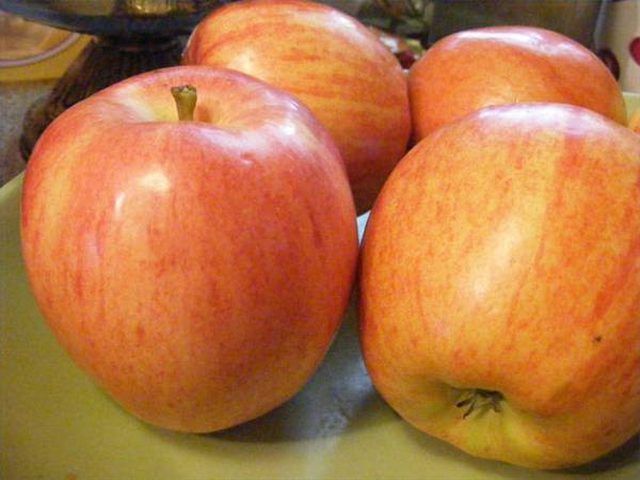Bulbs
Flower Basics
Flower Beds & Specialty Gardens
Flower Garden
Garden Furniture
Garden Gnomes
Garden Seeds
Garden Sheds
Garden Statues
Garden Tools & Supplies
Gardening Basics
Green & Organic
Groundcovers & Vines
Growing Annuals
Growing Basil
Growing Beans
Growing Berries
Growing Blueberries
Growing Cactus
Growing Corn
Growing Cotton
Growing Edibles
Growing Flowers
Growing Garlic
Growing Grapes
Growing Grass
Growing Herbs
Growing Jasmine
Growing Mint
Growing Mushrooms
Orchids
Growing Peanuts
Growing Perennials
Growing Plants
Growing Rosemary
Growing Roses
Growing Strawberries
Growing Sunflowers
Growing Thyme
Growing Tomatoes
Growing Tulips
Growing Vegetables
Herb Basics
Herb Garden
Indoor Growing
Landscaping Basics
Landscaping Patios
Landscaping Plants
Landscaping Shrubs
Landscaping Trees
Landscaping Walks & Pathways
Lawn Basics
Lawn Maintenance
Lawn Mowers
Lawn Ornaments
Lawn Planting
Lawn Tools
Outdoor Growing
Overall Landscape Planning
Pests, Weeds & Problems
Plant Basics
Rock Garden
Rose Garden
Shrubs
Soil
Specialty Gardens
Trees
Vegetable Garden
Yard Maintenance
How to Care for Fruit Trees
How to Care for Fruit Trees. Want to enjoy the taste and nutrition of organic fruit without the outrageous prices? Money shouldn't be an issue when it comes to your health, and that's why an increasing number of people are choosing to grow their own fruit trees. Not only does this guarantee that the fruit you eat will be free from pesticides, but...

Want to enjoy the taste and nutrition of organic fruit without the outrageous prices? Money shouldn't be an issue when it comes to your health, and that's why an increasing number of people are choosing to grow their own fruit trees. Not only does this guarantee that the fruit you eat will be free from pesticides, but it makes for a more beautiful yard as well.
Preparation
Decide on the type of fruit trees you want. Most fruit trees fair better when they are planted in twos, so you should choose at least two varieties of fruit trees to grow simultaneously. (For help selecting the right fruit for your yard, refer to the link in the Resources section of this article.)
Buy the plants. You can buy fruit trees from your local tree nursery in bare root form or pre-potted; either one is acceptable.
Decide on a place for the trees. Ideally, the trees should be approximately 20 feet apart.
Dig the holes for the trees. The roots should be buried to the same depth as they were at the nursery where you bought the trees. The width of the hole that you dig should be 50 percent larger than the width of the hole at the nursery.
Add compost to the holes (a few shovel-fulls should be fine).
Planting
Place the trees into the holes and shovel the dirt from the holes back into place over the tree roots.
Pack the dirt lightly.
Step back and make sure that the trees are standing upright. If not, adjust the trees accordingly.
Water the soil around the trees and pack the soil down again.
Spread mulch around the trees. This helps with weeds and keeps the dirt at a more regular temperature for the trees.
Maintenance
Add lawn fertilizer to the soil surrounding the trees twice a year at spring and fall.
Pinch off the trees' first series of buds. These first flower-like buds should begin appearing during the second year of the trees' life. By pinching them off, the trees will have more time to develop before producing their first fruits, and this will make for heartier fruit once the fruit begins to ripen.
Thin out the branches to prevent the fruit from growing too close together. This should be done around the time when the fruit reaches the size of a quarter. Neglecting this step will result in fruit that is smaller due to clustering.
Tips & Warnings
Your tree should bear fruit in 3 to 5 years.